5 tips for sustainably decorating your home
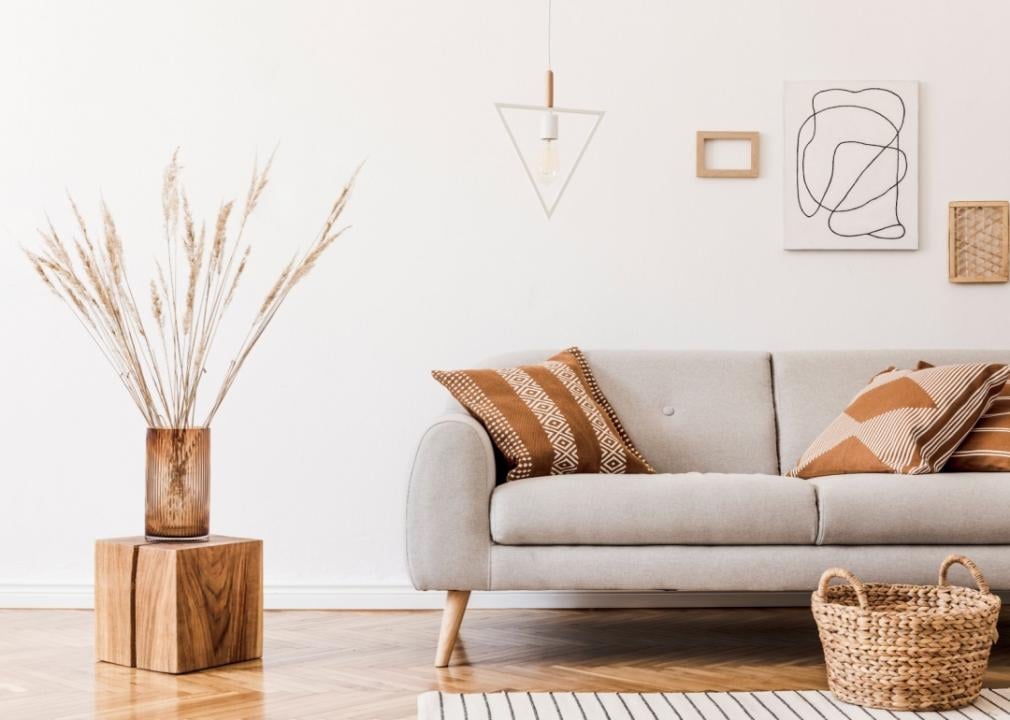
Followtheflow // Shutterstock
5 tips for sustainably decorating your home
A living room with a modern gray couch and wood decor elements.
The desire to have a homey, stylish space is universal—but as with fashion, mindful consumption goes a long way.
Thanks to modern technology, it’s easier than ever to ogle Instagram and TikTok-worthy furnishings and home accessories and purchase them at a wide range of price points in a matter of minutes, similar to the speed of “fast fashion.” It’s proven to be an overwhelmingly profitable industry—the global home decor market is projected to reach $1.1 trillion by 2032, according to data from Fortune Business Insights. But with that speed and convenience comes a darker side.
Applying fast fashion principles to homeware has an environmental cost. The Environmental Protection Agency found that Americans generated 292.4 million tons of municipal solid waste in 2018. Of that figure, Americans tossed over 12 million tons of furniture away.
But don’t despair! You can still mindfully decorate your home while staying true to your aesthetic. Sustainability doesn’t mean throwing everything away and buying greener homeware—it means making better decisions about what you purchase down the line.
To help you get started, Made Trade rounded up tips for decorating your home. From upcycling to investing in quality materials, here are five ways to practice more sustainable home decoration.
![]()
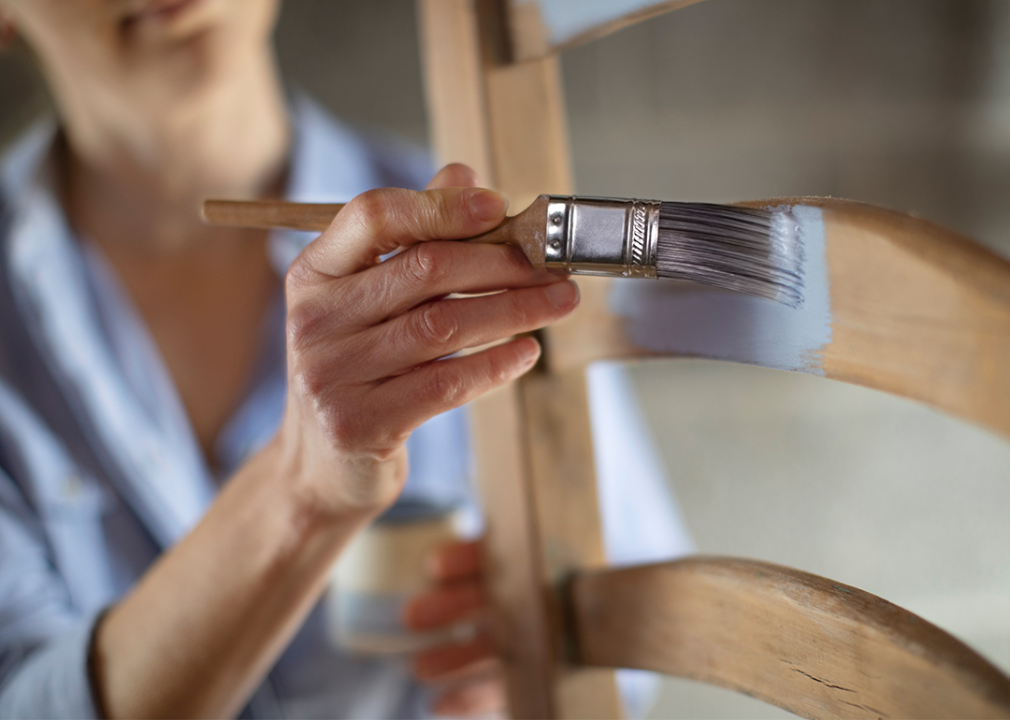
Daisy Daisy // Shutterstock
Prioritize repairs and upcycle when possible
Woman painting wooden chair in a workshop.
Rather than throwing out an old piece because it no longer fits perfectly with your design aesthetic or has some wear and tear, why not give it a makeover through upcycling? The practice is about embracing your inner DIY potential to transform a piece of furniture or decor into something brand new.
For example, you can turn an old coffee table into a bench by adding padding and upholstery, repurpose a cabinet into a bar cart, or transform a faded bookcase with a fresh coat of paint. The options are endless. If you’re not naturally handy, consider reaching out to a friend or relative who is, checking a repair website like iFixit for guidelines, or consulting services like TaskRabbit to help get the job done.

Pixel-Shot // Shutterstock
Donate or resell instead of throwing away
Men loading sofa into a truck.
Instead of tossing out your furniture and decor when it no longer suits you, avoid waste by reselling or donating it. Platforms like Facebook Marketplace, Craigslist, and Kaiyo make it easy to find buyers for these items without having to haul them to nearby consignment stores for pricing options. This way, you can sell your item and negotiate delivery or pick-up according to your schedule.
Alternatively, consider donating your pieces to a local thrift store or charity resale shop. If you’re worried about getting your furniture or decor to the store, it’s worth calling to see if local charities offer free home pick-ups.
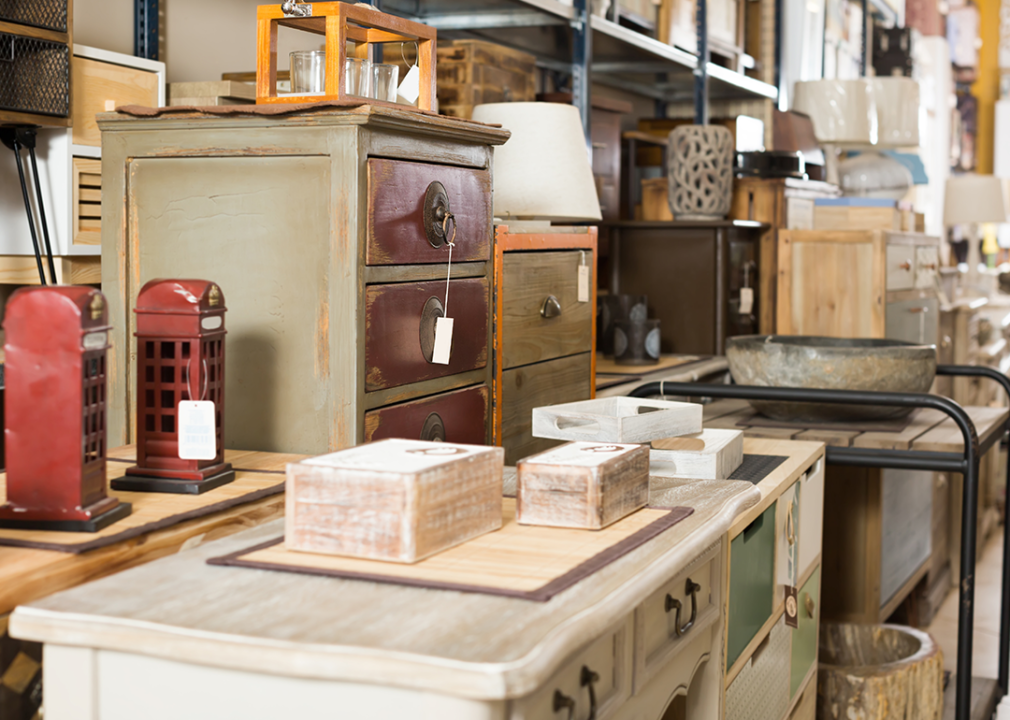
BearFotos // Shutterstock
Go thrifting
Used furniture for sale in a warehouse.
Don’t overlook your local thrift store as a great place to score stunning home pieces. Not only will you help keep these pieces and others like them from ending up in landfills, but you may even pay a lower price than you would have had you bought them new. According to a 2022 CouponFollow report, thrift store shoppers save roughly $1,760 per year on average.
Another higher-scale option is visiting antique stores. Many offer refurbished vintage furniture and decor from a wide variety of design eras, whether you’re into mid-century modern or art deco. While you’re thrifting, check the condition and construction of your piece to ensure its quality.
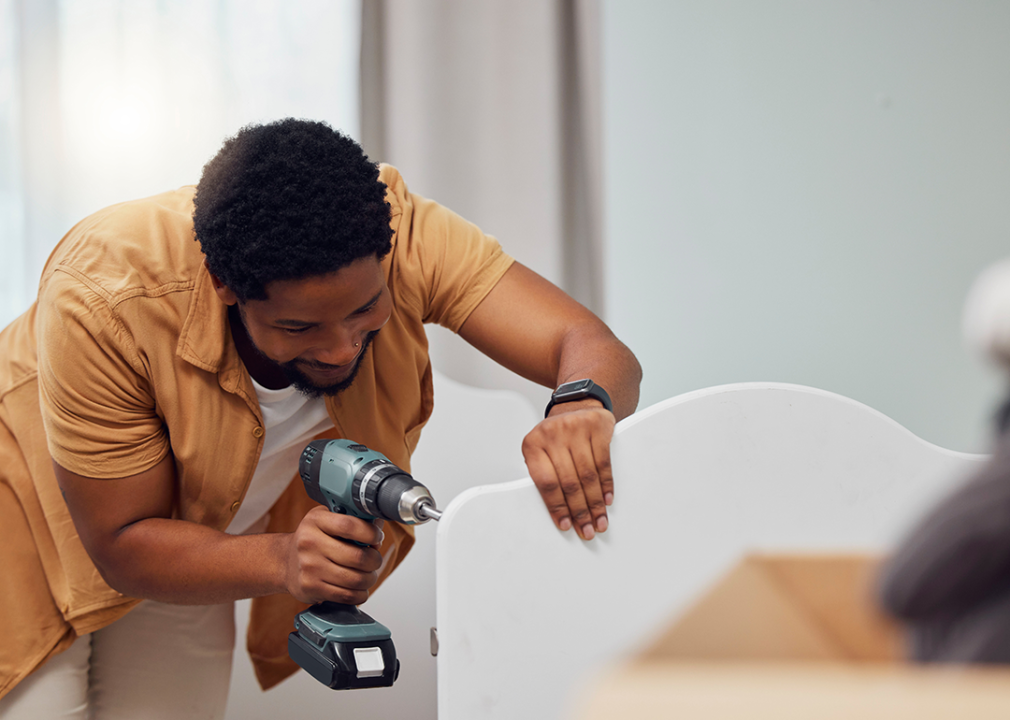
PeopleImages.com – Yuri A // Shutterstock
Go timeless for big pieces, trendy for smaller details
Person assembling furniture, using an electric drill.
When it comes to clothing, it’s not a bad idea to invest in timeless clothing staples and turn to fast fashion for small details like jewelry or scarves. That sentiment is worth applying to home decor, too.
For instance, purchasing a quality couch means there’s much less chance you’ll throw it out within a few years. Investing in a classic piece allows you to indulge in cheaper, more readily available accents like pillow covers or seasonal decorations without worrying about contributing too much to local landfills.
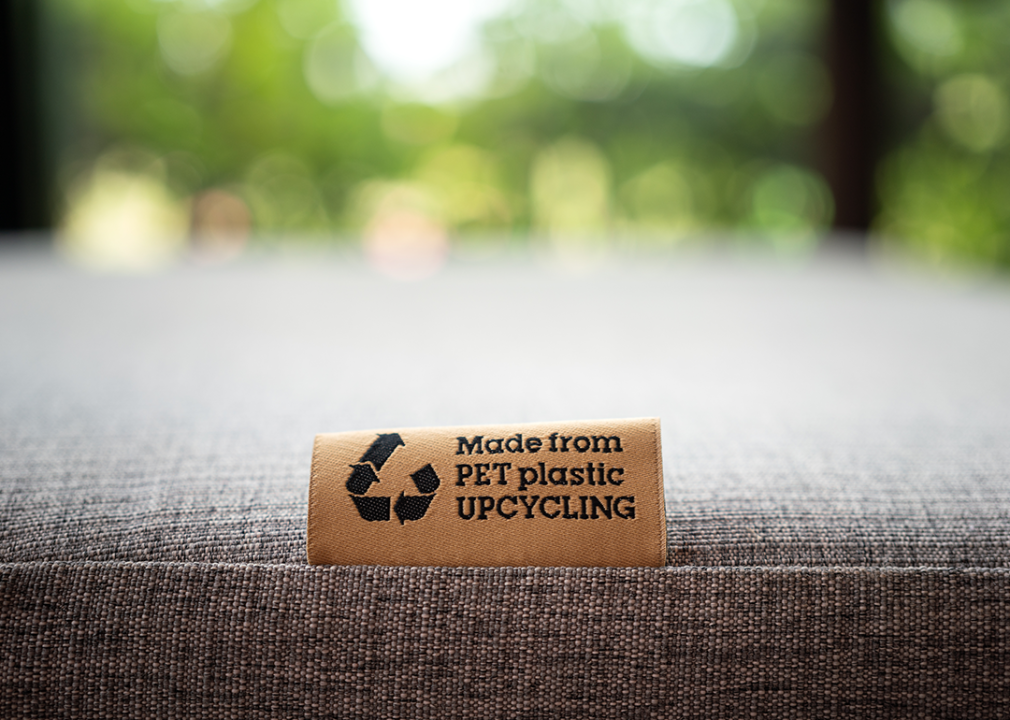
Nattawit Khomsanit // Shutterstock
When buying new, insist on ethically made, built-to-last pieces
Close up of a made from PET plastic upcycling tag on a sofa cushion.
When purchasing new furniture, it’s worth researching beforehand to ensure you’re sourcing ethically produced pieces that will last a long time. A CNN Style report on avoiding fast furniture recommends keeping an eye out for pieces made from sustainable, enduring materials such as solid wood certified by the Forest Stewardship Council.
Alternatively, look for brands that offer repair or buyback schemes for pieces. Although Ikea has faced criticism for using cheaper material like particle board (which can be harder to recycle and has less longevity), the brand has launched a “buy back & resell” program that finds new homes for shoppers’ furniture.
Story editing by Carren Jao. Additional editing by Kelly Glass. Copy editing by Kristen Wegrzyn.
This story originally appeared on Made Trade and was produced and
distributed in partnership with Stacker Studio.